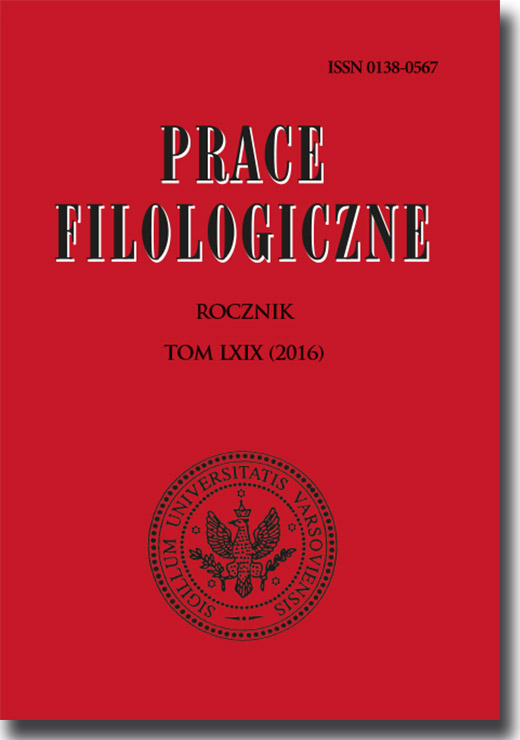Czy języki posiadają stabilne, kontrastywne własności rytmiczne? Dowody eksperymentalne z języka polskiego
Do Languages Have Stable, Contrastive Rhytm Features? Experimental Evidence from the Polish Language
Author(s): Agnieszka WagnerSubject(s): Language and Literature Studies, Theoretical Linguistics, Applied Linguistics
Published by: Wydział Polonistyki Uniwersytetu Warszawskiego
Keywords: rytm mowy; metra rytmiczne; kategorie rytmu; Speech rhythm; rhythm metrics; rhythm class hypothesis
Summary/Abstract: The question that appears in the title of this paper is related to {rhythm class hypothesis}, which has significantly influenced the direction and methodology of rhythm research over the last decades. The paper presents results of analyses aiming at verification of this hypothesis. On the basis of a recently developed rhythmic corpus of Polish we investigated variability of rhythm patterns in different speaking styles, phonotactic structures, meters of verse and in five different tempi, and we attempted at rhythmic classification of Polish. The results of the analyses showed that the timing of utterances is influenced by a number of factors, but it is still possible to indicate some characteristic and contrastive features of Polish rhythm, and to indicate a Polish-specific area in a two-dimensional rhythm space determined by values of the so-called rhythm metrics.
Journal: Prace Filologiczne
- Issue Year: 2016
- Issue No: 69
- Page Range: 515-533
- Page Count: 19
- Language: Polish

